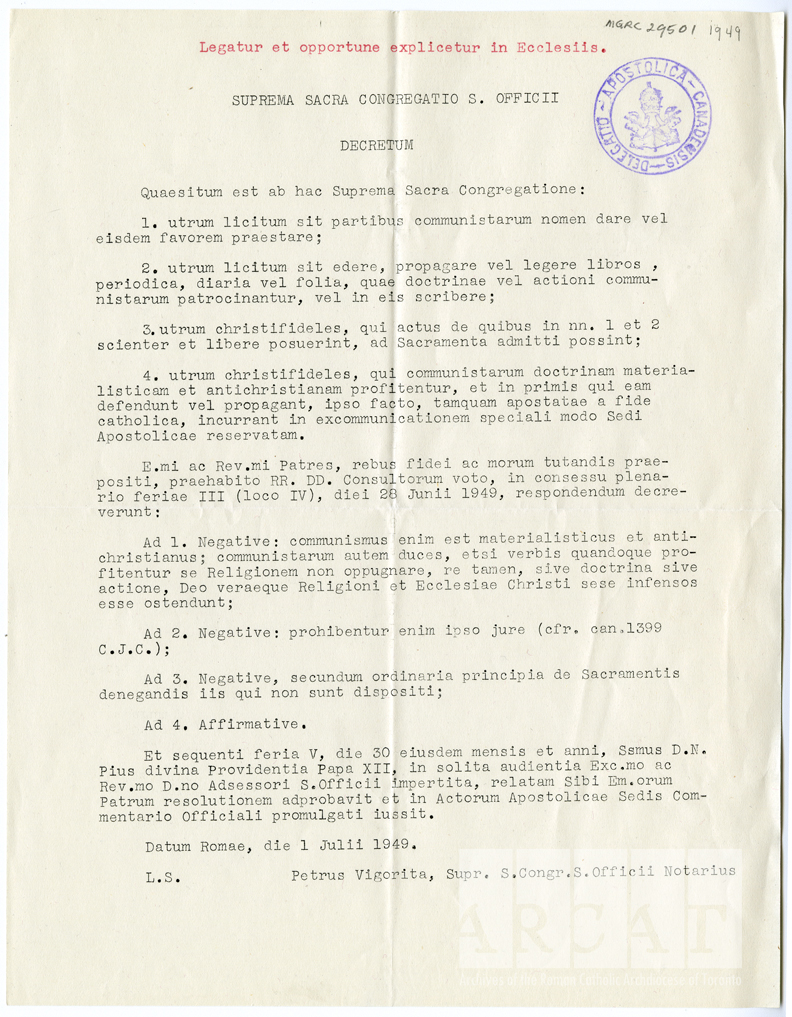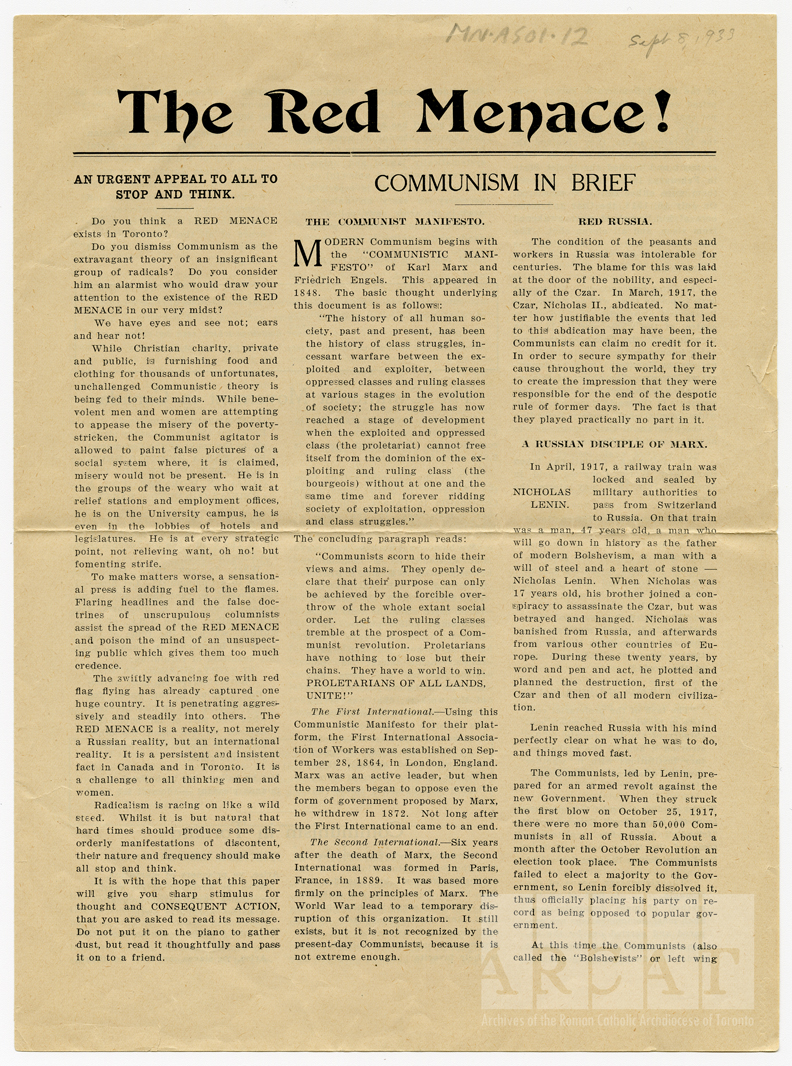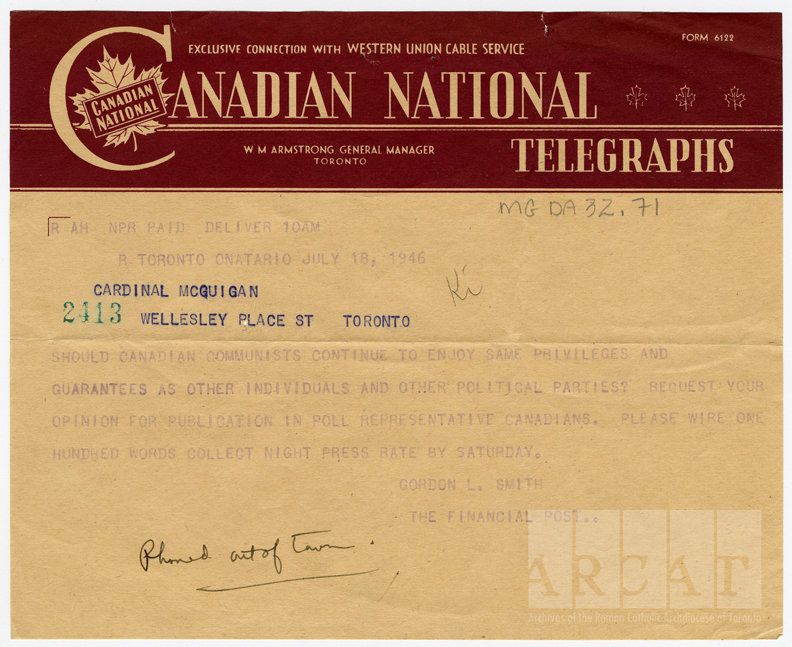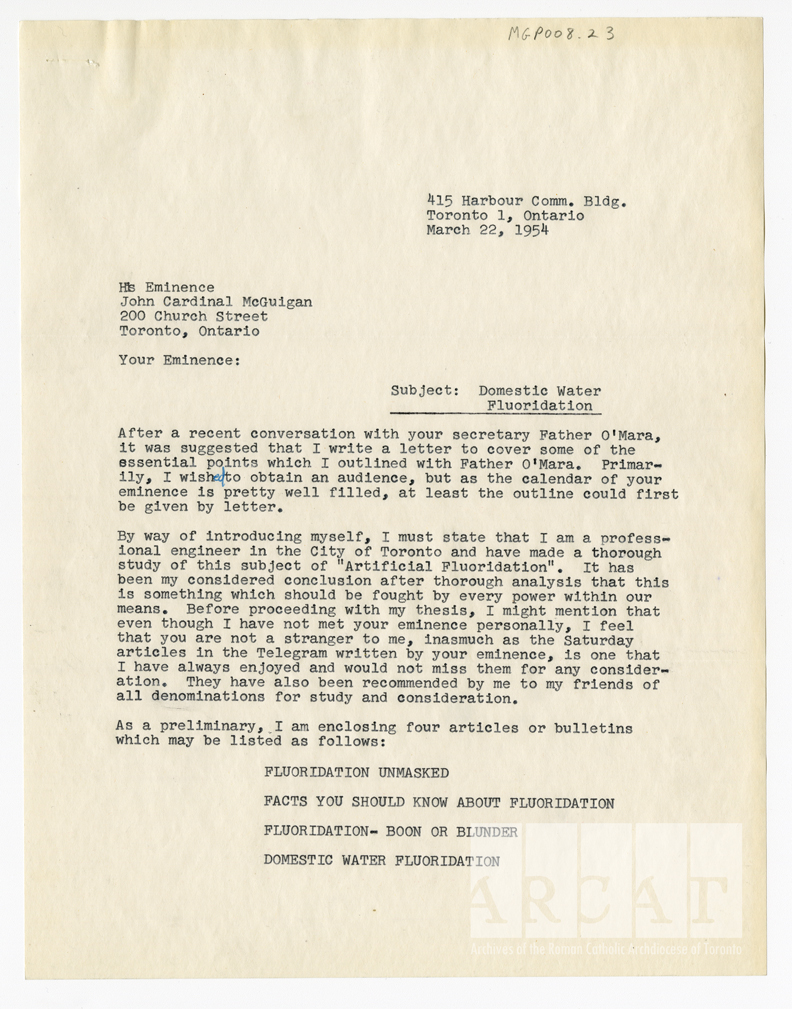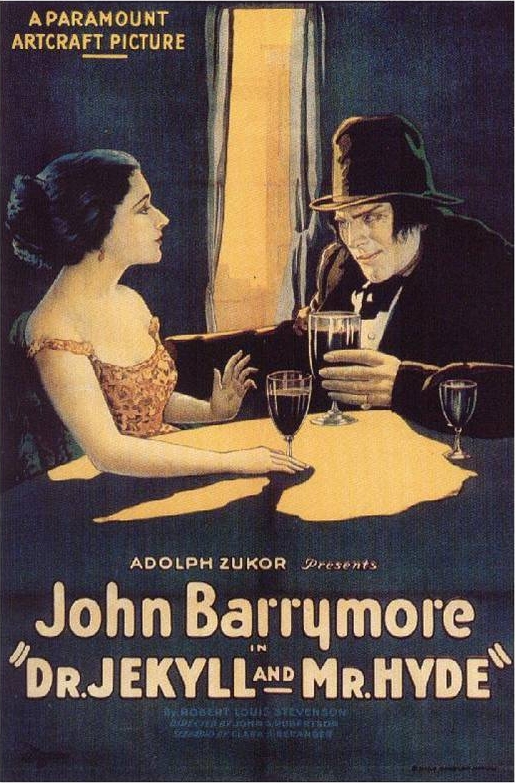Today, Esperanto is the most widely spoken constructed language in the world. The language became known as Esperanto based on Zamenhof’s pseudonym, Doktoro Esperanto (“Doctor who hopes”).
In honour of Unua Libro's 130th anniversary, our dokumenton de la semajno (record of the week) is a letter from F. Kaelble to Archbishop McNeil asking for an endorsement for the Catholic Esperanto Movement in Toronto in 1932.
 |
Mr. Kaelble asks for the Archbishop’s blessing in forming a local Catholic Esperanto Association, and for the opportunity to talk to young Catholics about how Esperanto relates to their faith. As a member of Universala Esperanto-Asocio (Universal Esperanto Association) he believes that Esperanto could allow Catholics from around the world to share and discuss the Gospel regardless of their first language.
The religious potential that Mr. Kaelble saw in Esperanto was not unique. In fact, the Catholic Esperanto Movement is almost as old as the language itself. Father Alexandras Dambrauskas learned of the new language in 1887 when he was a student at the Ecclesiastical Academy of St. Petersburg. After reading Zamenhof’s booklet, he wrote his first postcard to the author in 1896. The following is a rough translation of the original Esperanto text:
... Our Catholic Church is an immense family (...) But in a family there must also be a language comprehensible to all. (…) But Latin, being a language of priests, is no longer sufficient for all relations ... Lay Catholics are equally entitled to desire that the common father [the Pope] speaks to them in the commonly understood language . It can not therefore be French or Italian, or another of the [national] living languages, but only the [living] international language. (Source)
 |
| Public Domain image, via Espero Katolika The first page from the first edition of Espero Katolika, October 1903. This poem is in honour of Pope Pius X. |
Esperanto has also been included in the Urbi et Orbi papal address since April 3, 1994, when Pope John Paul II wished the audience "Felicxan Paskon en Kristo resurektinta" (a Happy Easter in Christ risen) for the first time. You can listen to Pope Benedict XVI say the traditional Easter Blessing in Esperanto here.
The Catholic Esperanto Movement shows no signs of slowing down. In recent years we can see how the internet has helped strengthen the Catholic Esperanto Movement. The IKUE and Espero Katolika both have online presences. The Vatican Radio, which has offered regular broadcasts in Esperanto since January 2, 1977, now offers programoj en esperanto (programs in Esperanto) online. Other Catholic Esperanto reference tools include an Esperanto translation of the Bible, and an overview of Catholic Esperanto history.
If you're looking to learn the language, La Kanada Esperanto-Asocio (Canadian Esperanto Association) might have a club near you.







